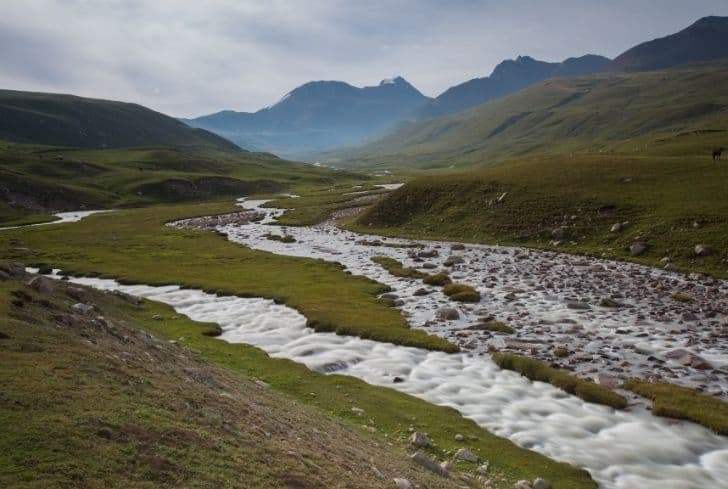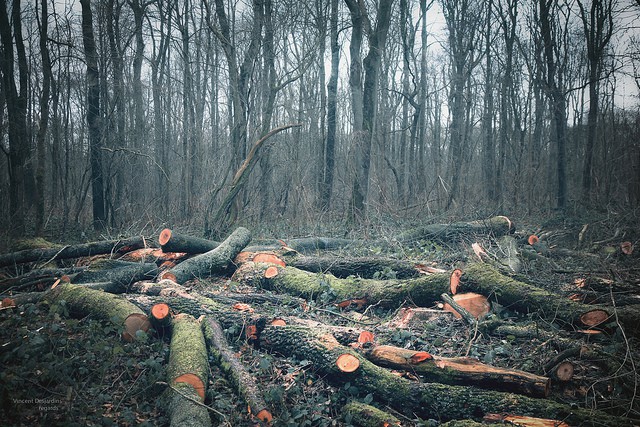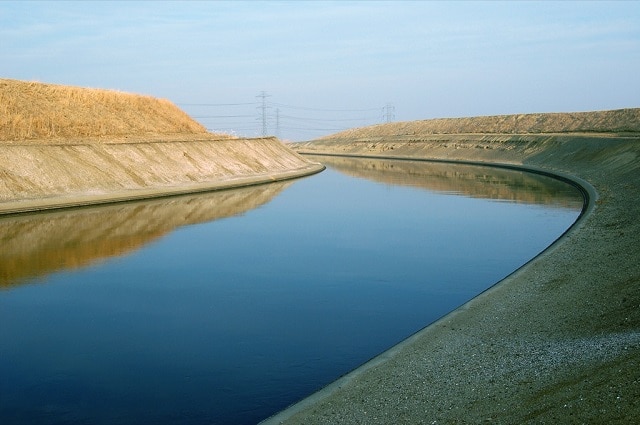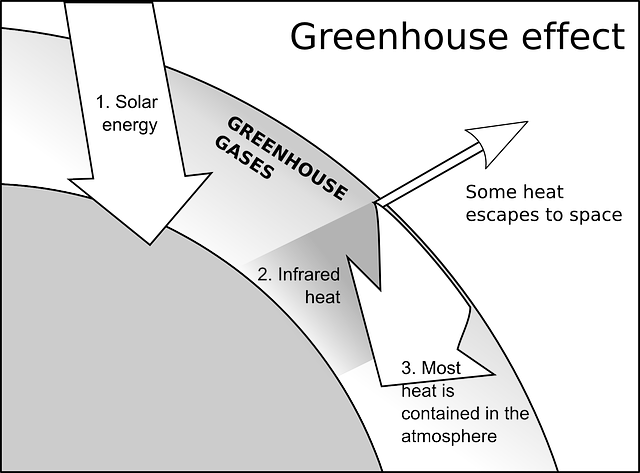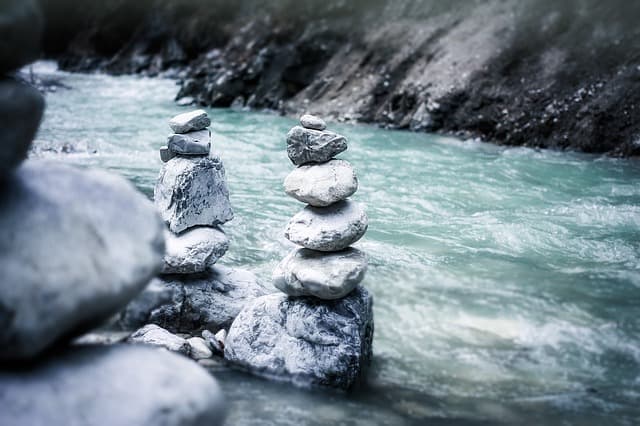What is a Desert Landform: Features and Main Landforms in a Desert
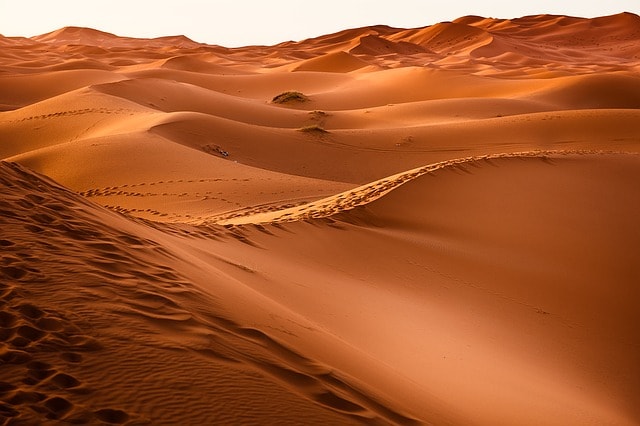
There is a wide range of landforms on the planet. While some landforms like mountains and forests are beautiful, others such as swamps and deserts are not that pleasant. However, we as humans are lucky to have an infinite number of landforms to view. Desert, in particular, is one kind of landform that humans dislike since it harbors unfavorable climatic conditions that cannot sustain human life.
A desert is an area characterized by little or unpredictable rainfall. Deserts generally receive 25 centimeters (about 10 inches) of rain each year. They are characterized by dry soil, high evaporation, and little surface water. Deserts are too dry that rain constantly evaporates before it hits the land. Deserts are available almost throughout the world, with the largest being the Sahara Desert in Africa.
Deserts form in many ways. One way is when rains clouds are carried by winds into the high mountains. Condensation takes place later, and rain drops down on that area of the mountain, rendering the other side without rain. The side of the mountain without rain is known as the rain shadow and is characterized by very little humidity. One desert known to have occurred this way is called the great Gobi Desert found in India. It was created when wind and clouds were forced up the Himalayas Mountains. The clouds condensed and rain dropped on one side, rendering the other mountainside relatively dry.
Features of a Desert Landform
-
Water
When many hear of a desert, they believe that rain doesn’t fall there at all. Deserts occasionally experience rainfall. In fact, Sahara desert once recorded 44mm of rainfall within 3 hours. After such heavy rains, dry stream channels known as wadis or arroyos can rapidly fill up, and flash floods can render these channels a lot dangerous. Statistically, more people have drawn in deserts channels than died in deserts due to thirst.
While deserts receive little rainfall, they are fed with runoffs coming from short-lived or ephemeral streams. These streams get their water from snow and rain from nearby highlands. These streams typically fill up the channels with a liquid mixture of mud and this mixture moves vast amounts of sediments for a day or two.
While the majority of deserts exist in basins with interior or closed drainage, some have exotic rivers snaking through them. These rivers are fed by water emanating outside of the desert. These exotic rivers seep into the soils and evaporate huge quantities of water while snaking through the desert. Due to their large volume, they are able to maintain their journey to the seas. Typical examples of rivers that snake through deserts to empty into seas include the Colorado River and the Nile River.
Lakes normally form in places where melt water or rainfall in the interior drainage basin is in bountiful supply. Desert lakes are characteristically salty, temporary and shallow. Since desert lakes are relatively shallow and feature lower bottom gradient, the speed of the wind might force the waters to travel over numerous kilometers. Small lakes in a desert tend to dry up. When they do, they leave behind a hardpan or a salt crust.
-
Plants
Deserts feature certain plant species that are drought and salt resistant. They have an interesting adaptation to survive in the desert, for instance, some store water in their stems, leaves, and roots. Others grow deep roots that reach water tables. The deep roots also hold the soil firmly and prevent massive erosion. The stems and leaves of some desert plants are strong enough to lower the speed of sand-carrying winds and insulate the ground from massive erosion.
A desert is quintessentially characterized by sparse and hugely diverse plant cover. One typical desert with the most sophisticated desert vegetation is called the Sonoran Desert that covers large parts of Southwest United States including California, Arizona, and Northwest Mexico in Sonora. It’s, by far, the hottest desert in Mexico. The cactus plant is the signature plant found in most deserts.
It provides safety for desert birds to build their nests. The cactus plant grows relatively slowly, but can live for more than 200 years. When they reach nine years old, they stand at 15 centimeters high. They become tall and produce their first branches when they hit 79 years. When completely grown, the cactus weighs about 10 tonnes and stands at 15 meters tall.
Although the cactus plant is widely known to be the true desert plant, other plants have managed to exist in those conditions, for instance, the sunflower and pea family. Cold deserts, on the other hand, feature shrubs and grasses as the chief form of vegetation.
-
Soils
Deserts typically feature mineral soils with little organic content. The continuous pile up of water in some soils result in the formation of different layers of salt. Calcium carbonate evaporated from the salt mixture might cement gravel and sand into the hard layers known as Calcrete, which is able to form layers of up to 50 meters thick.
The reddish-brown to white layers occurring in most desert soils is known as Caliche. It predominantly forms as nodules or wraps around mineral grains created by the sophisticated interaction between carbon dioxide and water. The carbon dioxide is normally emitted by plant roots or rotting organic matter.
Main Landforms in a Desert
Areas with little to no vegetation experience more shaping by the wind than any other. The speeding wind picks up loose rocks and blasts them on other rocks surfaces close to the ground. This results in magnificent landforms. Examples of landforms found in deserts include:
-
Sand dunes
5 types of sand dunes exist on earth today, but the most common in deserts include barchans and seif dunes. Barchan dunes are formed due to the wind action resulting in crescent-shaped dunes. These small crescent-shaped sand bodies form in locations where the wind blows consistently from one direction. Seif dunes, on the other hand, are long and narrow with a sharp crest common in the Sahara. They can also form a long chain of dunes.
-
Oasis
Oasis typically occurs in the middle of a desert. They are fertile areas of the desert consisting of one or multiple springs surrounded by vegetation. Oasis is formed due to a mix of extreme temperatures resulting in islands of life. This comes about because the oasis is situated in parts of the desert where the elevation is so low that the water table is just near the surface enabling vegetation to flourish.
-
Rock pedestals
These are landforms created due to erosion by sand-carrying winds. The speeding sand grains carve out the base of rock structures, but their tips remain intact. The carving out mainly occurs when the sand grains travels in a bouncing fashion slightly above the ground.
-
Yardangs
Just like rock pedals, Yardangs form due to sand grains carried away at supersonic speeds. The abrasion forces of the sand grains cut away the rock to form low ridges of soft rock. Yardangs mainly occur in flat deserts where strong and steady winds carry away dust and silt. The upper surfaces of Yardangs are not subjected to abrasion as erosion mainly occurs in the lower sections since sand-carrying winds normal stay just above the ground.
-
Deflation hollows
This is a kind of landform found in arid and semi-arid areas. It forms when loose materials are literally scooped out by strong winds, leaving behind a hollow (blowout). Sometimes the erosion can be severe to the extent that it reaches the water table, leading to water oozing out. Over time, the water fills up the hollow, leading to the formation of an Oasis.
-
Desert pavements
A desert pavement is a desert surface covered with stones as opposed to sand. Desert pavements occur as a result of strong winds blowing loose particles away, leaving the stones behind. Desert pavements may also form as a result of soil type in the ground, which leads to finer particles being sucked up underneath the pebbles. Desert pavements serve as shelter for ants or mulch for plants.

